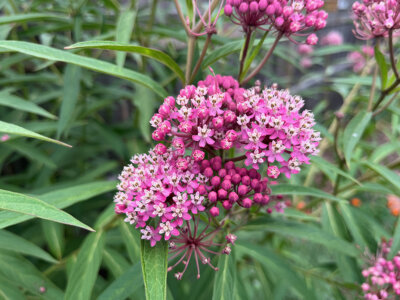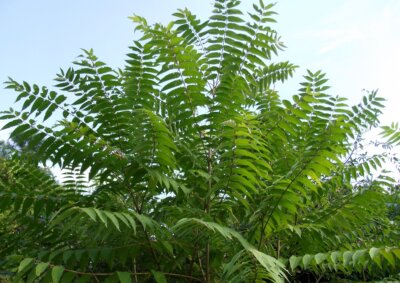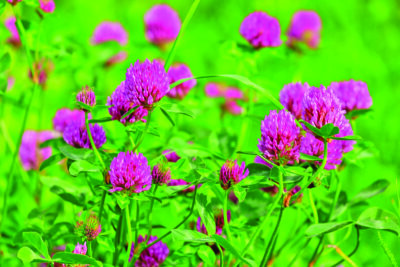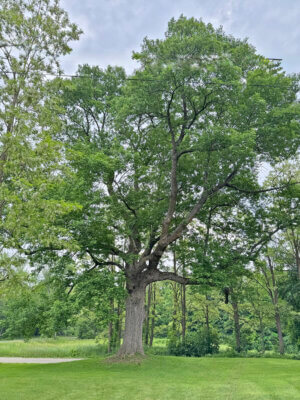Renovating the strawberry patch
Now that the June-bearing strawberry season has passed, there are things that we can do now to get ready for next year’s crop. If your strawberry patch is two years old or more, after harvesting the last of your strawberries, it’s time to renovate the bed. This means cutting back the foliage to three inches and removing the leaf debris.
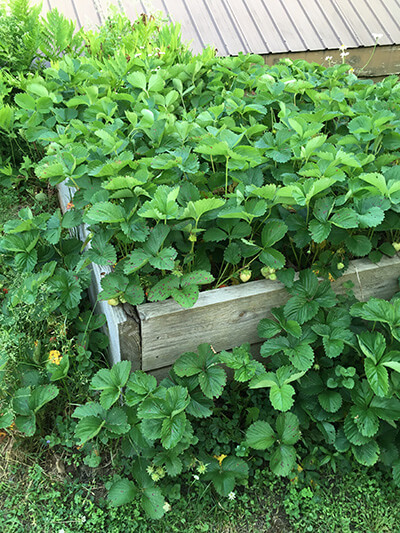
This may seem counter-intuitive, but strawberries have a long list of diseases and pests to contend with and doing this will help keep those at bay. Don’t worry, the plants will start to grow new leaves before the fall.
Strawberries are aggressive spreaders. Cut back each row to about a foot wide. Another option is to pinch back the runners to the first daughter plant, keeping five daughter plants and discarding the rest. Daughter plants are new plants that are connected to the main, mother plant by runner vines.
By next year, the rows will fill out again. This is the time of year to fertilize or add compost to the beds. Mulch with straw between rows.
A sad truth about strawberries is that berry production decreases significantly after year three. Diseases are more likely to take hold, weeds can be more vigorous, and berries tend to be fewer and smaller.
Some common strawberry diseases are leaf blight, leaf scorch, gray mold and root rot. Common strawberry pests are slugs, the tarnished plant bug and spider mites. Keep an eye out for these and use your local cooperative extension resources to help you determine an integrated pest management strategy.
If your patch is older and you have noticed a decrease in berry quantity and size and an increase in disease, consider starting a new patch next year. In year one, pick off any flowers so the plants put energy into leaf and root growth. This means that the plants don’t start producing berries until year two.
Be sure to rotate the location of your strawberry crop, just like you would with your vegetable garden. This cuts down on disease transmission and promotes healthy soil.
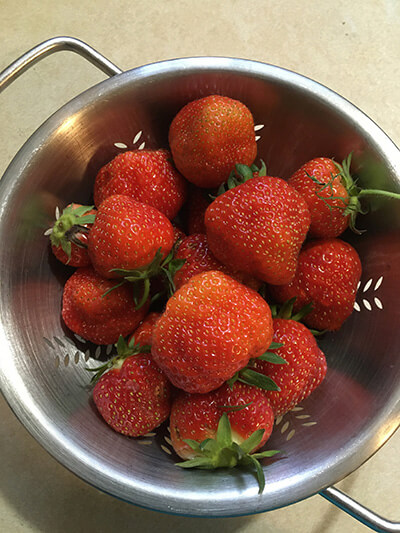
Although you may want to use your daughter plants to start a new crop, it is best to begin with new plants to stop the disease cycle. You can purchase strawberry plants as bare roots through seed catalogs or in containers at your local greenhouse. Strawberries should be planted in early spring.
Even though fruiting for the season has passed, keep your strawberry plants well watered. They need at least one inch of water per week as they are building up energy for next year’s crop.
Finally, cover your strawberries over the winter with straw. You can use hay, but it may introduce weed seeds into your garden. This practice will help protect the plants from winter damage. Be sure to remove the straw in early spring.
Growing strawberries takes a little extra time and care, but your efforts will be rewarded with bright red, juicy gems bursting with summer sweetness. What could be better?
Bonnie Kirn Donahue is a UVM Extension master gardener and landscape designer from central Vermont.
Related Stories
Popular Stories
If you enjoy The Charlotte News, please consider making a donation. Your gift will help us produce more stories like this. The majority of our budget comes from charitable contributions. Your gift helps sustain The Charlotte News, keeping it a free service for everyone in town. Thank you.
Andrew Zehner, Board Chair



